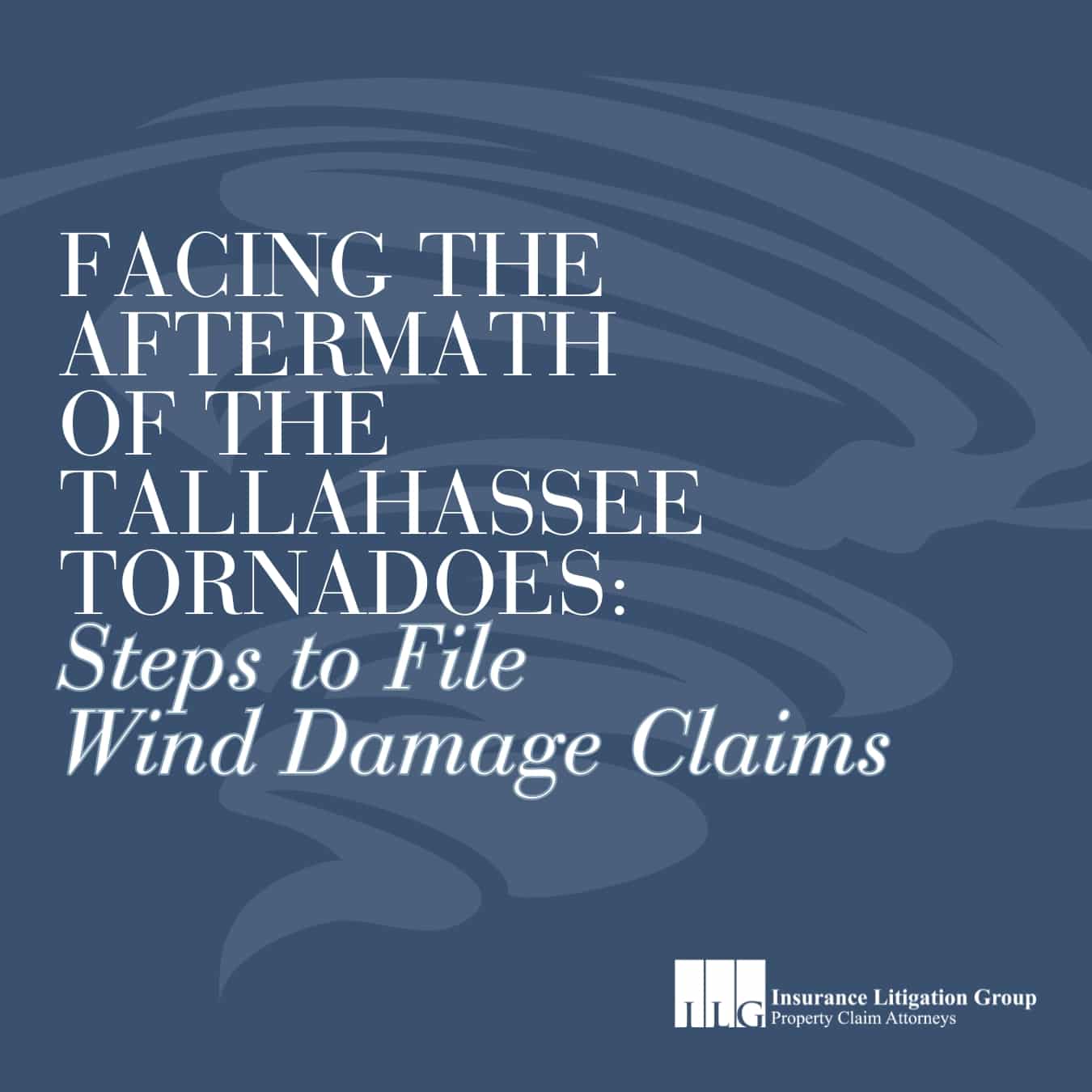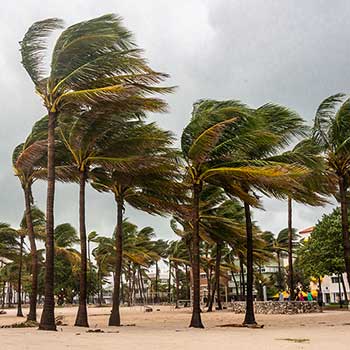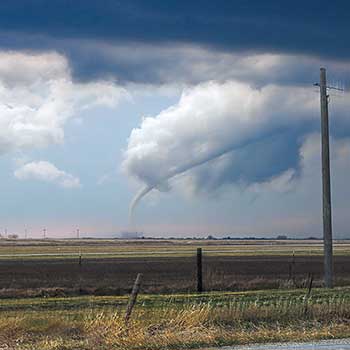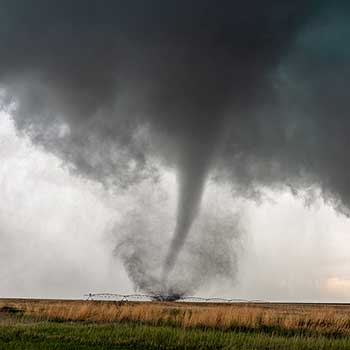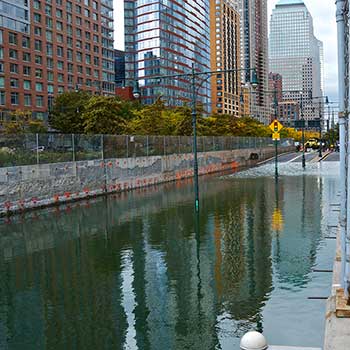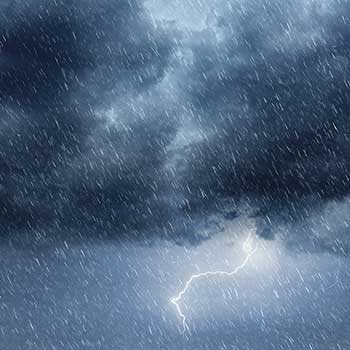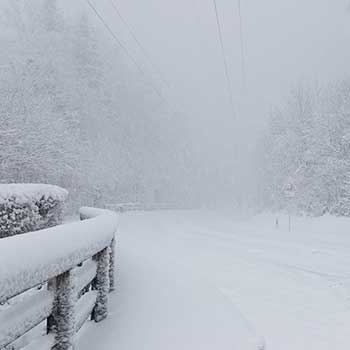On May 10, Tallahassee experienced an unprecedented event: three powerful tornadoes converged at the Capital City Country Club, marking one of the worst weather disasters since Hurricane Kate. The trio of tornadoes, including two EF-2 and one EF-1, on the Enhanced Fujita Scale (EF-scale) unleashed peak wind gusts of up to 115 mph, leaving a trail of destruction that has significantly impacted residents and businesses.
Tornado categories are based on damage after the event. Unlike hurricanes that are classified by direct wind speed measurements, tornado categories are based on wreckage after a tornado has struck, because the wind speeds are difficult to measure:
- EF-0: Gale damages (wind gusts estimated between 65 and 85 miles per hour). The environment sustained minor damage: tree branches are broken, some shallow-rooted trees are uprooted, and some chimneys are damaged.
- EF-1: Moderate damages (wind gusts estimated between 86 and 110 miles per hour). The environment sustained moderate damage: mobile homes are tipped over, windows are broken, roof tiles may be blown off, and some tree trunks have snapped.
- EF-2: Significant damages (wind gusts estimated between 111 and 135 miles per hour). The environment sustained considerable damage: mobile homes are destroyed, roofs are damaged, debris flies in the air, and large trees are snapped or uprooted.
- EF-3: Severe damages (wind gusts estimated between 136 and 165 miles per hour). The environment sustained severe damage: roofs and walls are ripped off buildings, small buildings are destroyed, and most trees are uprooted.
- EF-4: Devastating damages (wind gusts estimated between 166 and 200 miles per hour). The environment sustained devastating damage: well-built homes are destroyed, buildings are lifted off their foundations, cars are blown away, and large debris flies in the air.
- EF-5: Incredible damages (winds of over 200 miles per hour) are present. The environment sustained incredible damage: well-built homes are lifted from their foundations, reinforced concrete buildings are damaged, the bark is stripped from trees, and car-sized debris flies through the air.
For those affected by this devastating disaster, the road to recovery begins now. If your property was affected by the tornadoes, you may be entitled to compensation through your insurance policy. At Insurance Litigation Group (ILG), we understand the complexities of wind damage claims and specialize in helping policyholders navigate the process to ensure they receive the compensation they deserve.
Assessing and Documenting Wind Damage
Wind damage can manifest in various forms, from obvious destruction like uprooted trees and damaged roofs to less visible issues such as structural vulnerabilities. Common signs of wind damage include:
- Shingles found in your yard
- Raised or missing shingles
- Excessive shingle granules in your downspouts and gutters
- Water stains on your highest ceiling
- Roof damage
- Broken or damaged windows
- Damage from projectiles
Even if the tornado didn’t hit you directly, you need to make sure none of the debris affected your home. Don’t assume you made it out unscathed, double check your property for debris damage. Hidden damages, if left unaddressed, can lead to more significant problems down the line.
Filing Your Wind Damage Claim: How ILG Can Help
ILG has been assisting Floridians with wind damage claims for nearly two decades. We are client-focused property insurance claim attorneys dedicated to protecting the rights of residential homeowners, commercial business owners, condominium associations, contractors, restoration and mitigation companies against insurance companies. Our extensive experience ensures that we know exactly what to look for and how to help you get the best results from your insurance claim. Here is how we can assist you:
- Initial Assessment: We conduct a thorough inspection of your home or business premises, documenting all visible and hidden damages with detailed photos.
- Documentation and Presentation: We help you compile and present all necessary documentation for your wind damage insurance claim, ensuring that nothing is overlooked.
- Claim Filing: We handle the filing of your insurance claim and/or proof of loss statement, reducing the administrative burden on you during this stressful time.
- Representation: Should your claim require further validation, we represent you at any examinations under oath or recorded statements, ensuring your interests are protected.
- Negotiation and Advocacy: Our attorneys aggressively negotiate settlements on your behalf, and if necessary, we are prepared to pursue litigation to secure the benefits you are entitled to.
- Free Consultations and Claim Reviews: We offer free claim review home inspections and consultations to evaluate your case and provide expert advice on the best course of action.
The Importance of Timely Action
In the aftermath of the Tallahassee tornadoes, it is essential to act promptly. The property damage claims process can be complicated, and delays can result in reduced compensation or denied claims. ILG is here to help streamline this process, advocating on your behalf to ensure you receive the maximum benefits.
Why Choose ILG?
Our commitment to our clients is unwavering. With five offices conveniently located across Florida in North Miami Beach, Orlando, Pensacola, Fort Pierce, and Naples, we are well-positioned to assist you wherever you are. Our deep understanding of Florida’s unique weather challenges and our extensive experience in handling wind damage claims make us the ideal partner in your recovery journey.
If you’ve experienced wind damage from the recent Tallahassee tornadoes, don’t navigate the claims process alone. Contact Insurance Litigation Group today for a free consultation and let us help you reclaim what you are rightfully owed. Your recovery is our priority!
